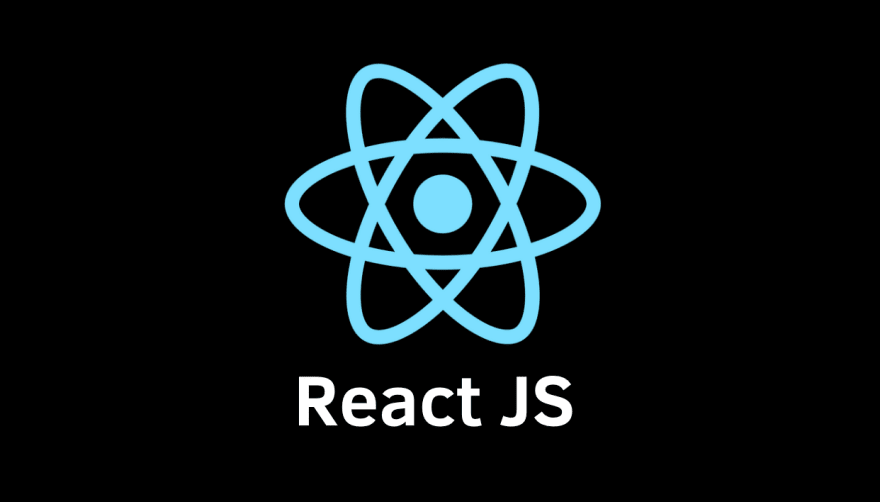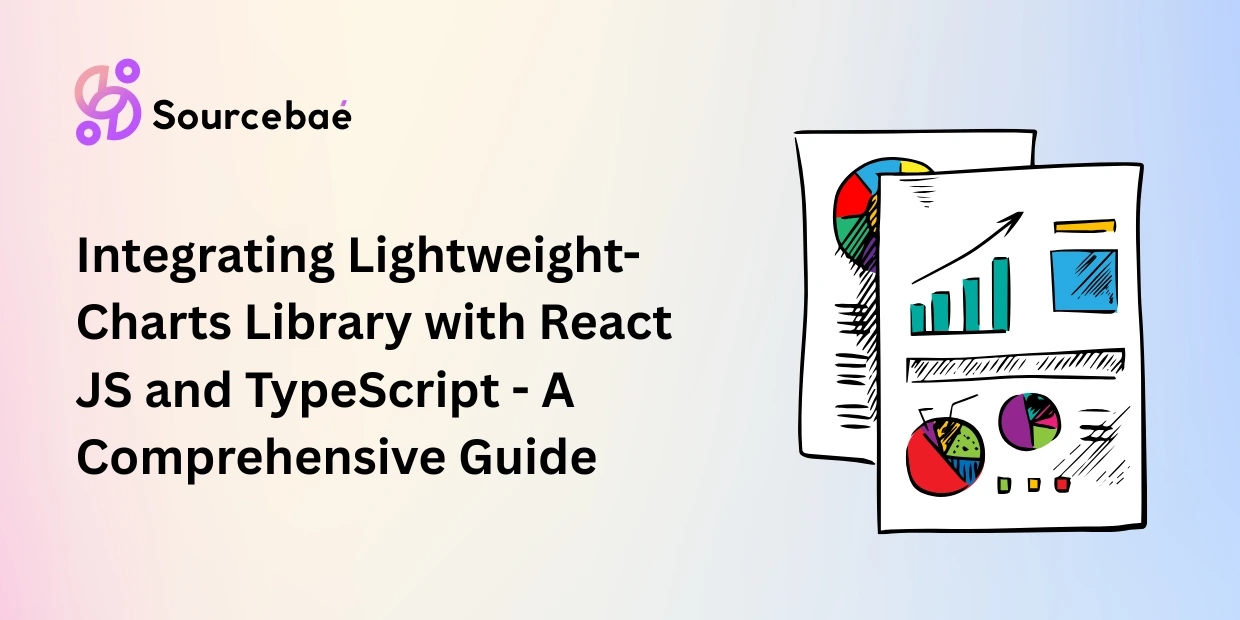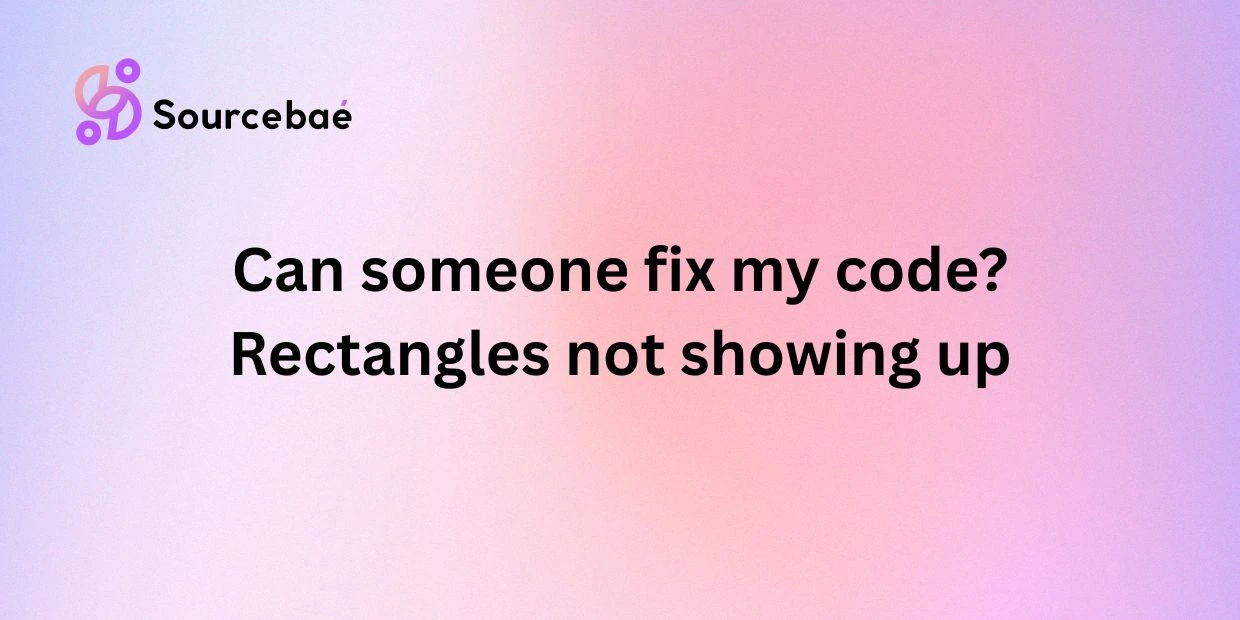Is React a front-end or back-end?
In the world of web development, React has emerged as a prominent player, but where does it actually fit in? Is React a front-end or back-end technology? If you’ve been pondering over this question, you’re not alone. In this article, we’ll dive deep into the intricacies of React and clarify its position in the realm of front-end and back-end development. By the end, you’ll have a clear understanding of React’s role, its components, and how it contributes to the dynamic world of web development.
React is unequivocally a front-end technology. It is a JavaScript library specifically designed for building user interfaces (UI) and managing the view layer of web applications. React facilitates the creation of interactive and dynamic UI components that respond seamlessly to user interactions. It doesn’t handle back-end logic, server communication, or database management; instead, it focuses on enhancing the user experience by rendering UI components efficiently.
Unveiling the Components of React:
React primarily consists of three key components that collectively contribute to its functionality:
1. Components
Components are the building blocks of React applications. They encapsulate the UI elements and their behavior into reusable and modular pieces. Components can be classified into functional components and class components. Functional components are stateless and emphasize a concise, functional approach, while class components manage their own state and offer more advanced features.
2. JSX (JavaScript XML)
JSX is a syntax extension that allows developers to write HTML-like code within JavaScript. This innovative approach enables the seamless integration of UI components and their logic, making the code more readable and maintainable.
3. Virtual DOM (Document Object Model)
React utilizes a Virtual DOM to optimize the rendering process. The Virtual DOM is a lightweight representation of the actual DOM. When there are changes in a React component, they are first applied to the Virtual DOM. React then intelligently compares the Virtual DOM with the actual DOM and updates only the necessary parts, minimizing performance bottlenecks and enhancing the user experience.
The Role of React in Front-End Development:
React plays a pivotal role in front-end development by offering a range of advantages:
Simplified UI Development
React’s component-based architecture promotes reusability and modularity, streamlining the UI development process. Developers can create independent components and compose them to build complex interfaces.
Enhanced User Experience
The Virtual DOM and efficient updates enable smooth and quick rendering of UI changes. This leads to a responsive user experience, as even complex applications can maintain high performance.
Declarative Syntax
React follows a declarative syntax, allowing developers to describe how the UI should look based on its current state. This approach enhances code predictability and readability.
Abundant Ecosystem
React boasts a vast ecosystem of libraries, tools, and extensions that accelerate development and enable integration with other technologies.
SEO-Friendly Applications
React applications can be easily optimized for search engines. Server-side rendering (SSR) and static site generation (SSG) techniques can be employed to ensure that content is accessible to search engine crawlers.
Addressing FAQs About React’s Position:
FAQ 1: Is React a replacement for back-end technologies?
No, React is not a replacement for back-end technologies. It focuses on the front-end layer of web development and complements back-end technologies to create fully functional web applications.
FAQ 2: Can React be used for mobile app development?
Yes, React can be used to develop mobile applications as well. React Native is a framework derived from React that enables developers to build native mobile apps using the same principles.
FAQ 3: What programming languages are used with React?
React primarily uses JavaScript. While JSX resembles HTML, it’s important to note that JSX is transpiled into JavaScript for browser compatibility.
FAQ 4: Does React have any impact on SEO?
Yes, React can impact SEO positively if implemented correctly. Using server-side rendering (SSR) or static site generation (SSG) techniques ensures that search engines can index your content effectively.
FAQ 5: Is Redux a part of React?
Redux is not a part of React itself, but it is a popular state management library often used with React to manage global application state.
FAQ 6: Can React be used alongside other front-end libraries?
Absolutely, React can be integrated with other front-end libraries like Angular or Vue.js. This enables developers to leverage the strengths of different technologies in a single application.
Conclusion:
In the ever-evolving landscape of web development, React shines as a front-end technology, playing a pivotal role in creating interactive and dynamic user interfaces. It’s essential to understand that React doesn’t replace back-end technologies but collaborates with them to build holistic web applications. Its component-based architecture, efficient rendering, and abundant ecosystem make it a preferred choice for developers aiming to craft seamless and engaging user experiences.
============================================
SOURCEBAE: Hire React JS Developers






